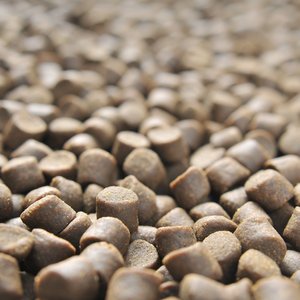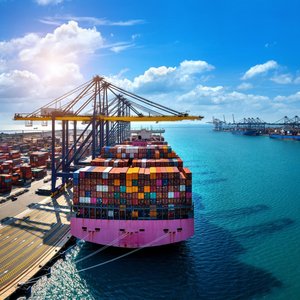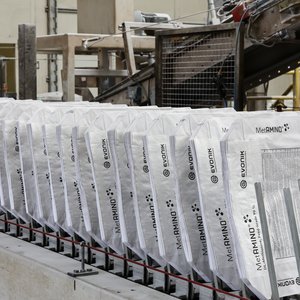India’s largest shrimp feed maker has lost nearly three-fifths of its market value so far this year as shrimp prices fell and raw material costs rose.
Shares of Avanti Feeds Ltd. plunged nearly 59 percent in 2018, the worst yearly rout since 2011 listing, according to Bloomberg data.
Indian shrimp production picked up in 2012 after a disease outbreak brought down output in largest-producing nations China, Thailand and Vietnam. But as production started to recover in these countries, international and domestic prices fell, making shrimp farming unviable.
Prices in the U.S., India’s key market, have fallen more than 20 percent in 2018 to $8.3 per kilogram—the lowest in at least three years. In India, farm-gate price of shrimp is followed, which is normally in line with international rates.
Avanti Feeds, a supplier of feed to shrimp farmers and exporter of processed shrimp, gets adversely impacted with a fall in prices. The feed vertical contributes around 80 percent to its operating profit, while the rest comes from shrimp processing.
Shrimp output dropped 20-25 percent year-on-year in the first half of fiscal 2018-19, hurting the company’s key feed vertical. Higher prices of soymeal and fishmeal—used to make shrimp feed—only made it worse. This led to a 53 percent drop in Avanti Feeds’ earnings before interest, tax, depreciation and amortisation during the period.
Yet, Depesh Kashyap, analyst at Equirus Securities, is optimistic. He expects profit to start growing from the fourth quarter ending March as demand improves and raw material prices ease.
Source: Bloomberg Quint // Original Article










